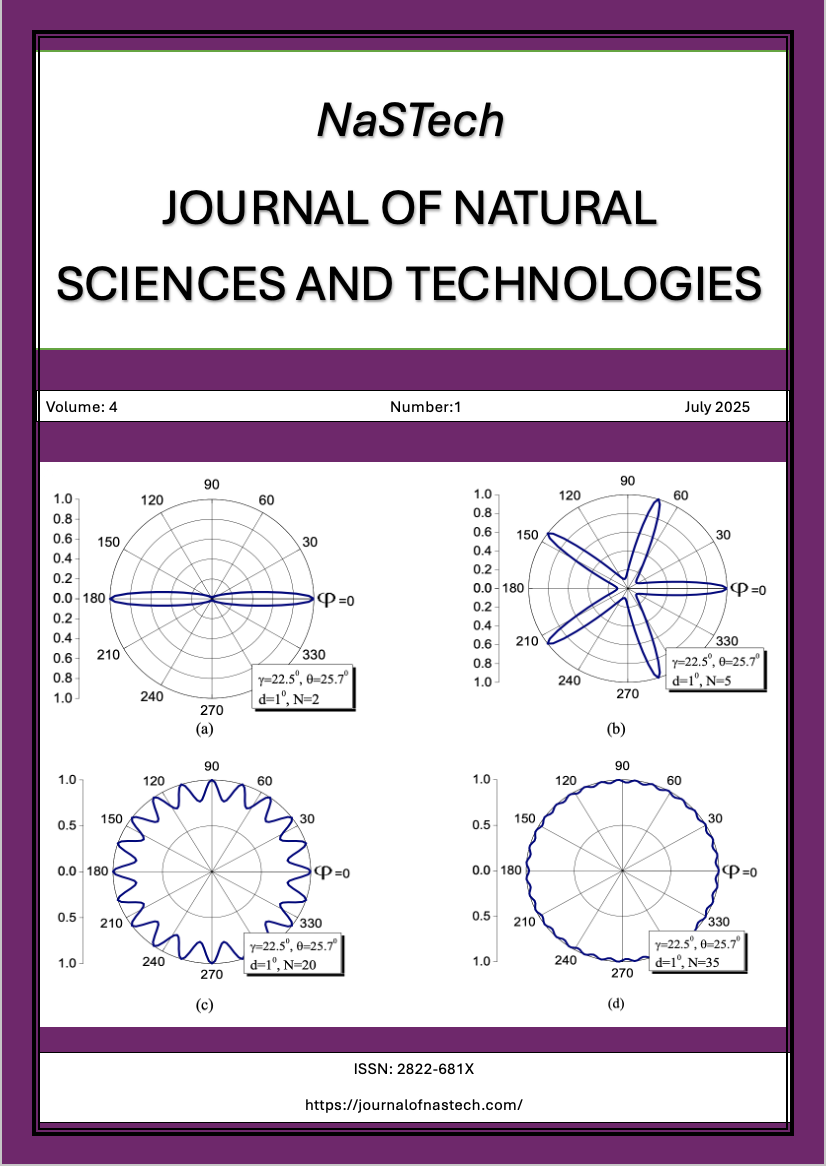INVESTIGATION OF THE HISTOPATHOLOGICAL EFFECTS OF 5-FLUOROURACIL AND CISPLATIN EXPOSURE ON THE MANTLE TISSUE OF Melanopsis praemorsa LINNAEUS, 1758 (GASTROPODA: PROSOBRANCHIA)
DOI:
https://doi.org/10.5281/zenodo.16559795Keywords:
Melanopsis praemorsa, 5-Fluorouracil, Cisplatin, histopathology, antineoplastic agent.Abstract
In recent years, the accumulation of pharmaceutical pollutants in aquatic environments and their ecological toxicity have emerged as critical concerns in environmental sciences and ecotoxicology. Among these, antineoplastic agents are of particular concern due to their potent biological activity and persistence in the environment. Chemotherapeutic drugs such as 5-Fluorouracil and Cisplatin, which are widely used in cancer treatment, are not efficiently removed by conventional wastewater treatment processes. Consequently, they can enter surface waters and pose potential risks to non-target aquatic organisms. Hence, the application of reliable biomarkers is essential for accurate environmental toxicity assessments.
In the present study, the freshwater gastropod Melanopsis praemorsa was exposed to environmentally relevant single and combined concentrations (4.56 µg/L⁻¹, 7.91 µg/L⁻¹, 124 µg/L⁻¹, and 250 µg/L⁻¹) of 5-Fluorouracil and Cisplatin to evaluate their histopathological effects. The exposures were conducted for 7, 14, and 21 days. At the end of each exposure period, mantle tissues were dissected and processed for histological analysis under a light microscope. Histopathological alterations observed in the mantle tissue due to 5-Fluorouracil and Cisplatin exposure included muscle fiber atrophy, degeneration of cilia, increased lipid vacuolization, epithelial desquamation, and necrosis. These alterations are indicative of tissue-level toxicity and provide compelling evidence of the sublethal effects of these antineoplastic agents on aquatic invertebrates. The findings also support the potential use of Melanopsis praemorsa as a sensitive bioindicator species in aquatic environmental monitoring. This study contributes significantly to the understanding of the toxicological impact of pharmaceutical contaminants in freshwater ecosystems and highlights the need to incorporate antineoplastic compounds into environmental risk assessment frameworks.
Published
How to Cite
Issue
Section
License
Copyright (c) 2025 Journal of Natural Sciences and Technologies

This work is licensed under a Creative Commons Attribution 4.0 International License.




